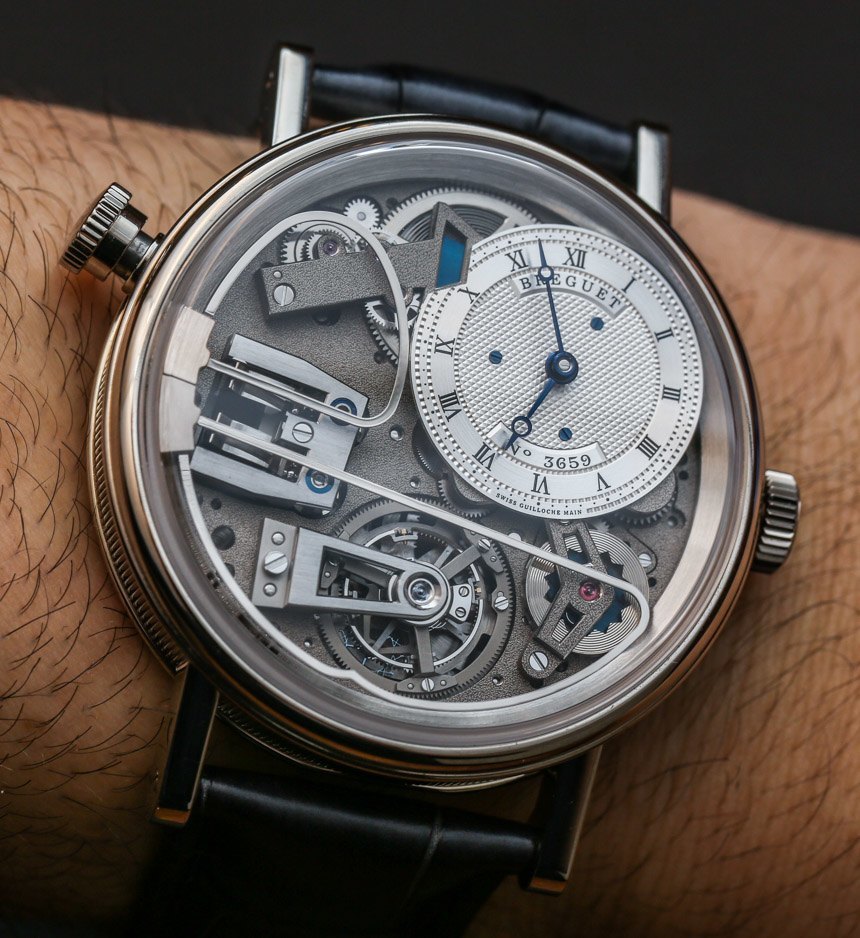When people wonder the history of the minute repeater, they do not know that it dates way back even before electric light. As oil lamps were being created, watchmakers wanted to create mechanisms that sound the time on demand. Edward Barlow and Daniel Quare claims the invention of the minute repeater but it was Quare who patented it in 1687. At first, minute repeaters used bells to chime the time, and as time went by it was replaced with wire gong. The first glance at minute repeaters were not actually minute repeaters but quarter repeaters that sounded the time closest to the quarter.

When the transition of pocket watches to wristwatches happened, minute repeaters were barely used. In wristwatches it was very hard and expensive to add a minute repeater and it also did not have much space in the wristwatch to be added. It was not until the quartz crisis that a renewed interest emerged for the repeater mechanism. Today’s top brands use minute repeaters in their timepieces and sometimes combined with other complications.
To judge how well a minute repeater is, it has to be heard first. The clarity or loudness of the chime does not rank a minute repeater but speed that it is chiming at does. Many complications take great energy and when it is playing, it can also negatively affect the amplitude of the watch, and therefore its accuracy.

The case of watch plays a big role in the excellence of minute repeaters. The material it is made of has great impact on the sound it plays and also the case shape changes that sound. Many great manufacturers create sound chambers in their timepieces so that gongs can perform their task at an optimum and the sound is also amplified.
